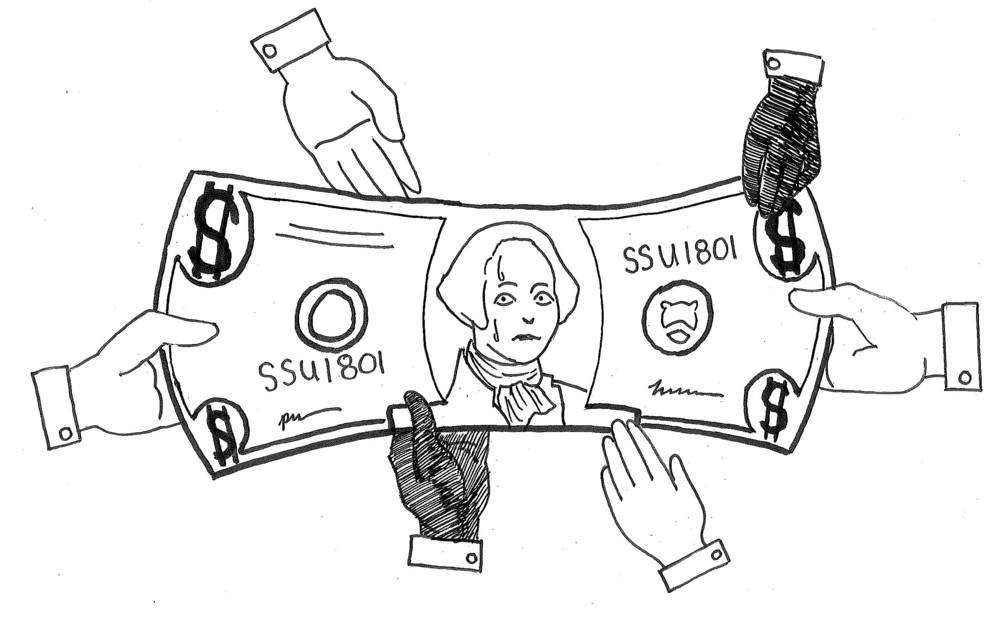Prior to any knowledge I have learned from the readings and lectures about expatriate compensation and country differences in compensation, I would have answered this question much different than I am now. Before learning these things, my immediate answer would probably have been to steer clear of moving all the way across the world. I’m what they call a homebody, so the thought of up and moving away from my friends and family is not really an option for me. It may be a positive opportunity for me career wise, but I would feel as though I could find those positive moves elsewhere as well.
With personal reasons aside, however, some factors I would need to consider include: what incentives are being offered, what my living and working conditions will look like, the services premiums offered, hardship allowance and lastly mobility premiums. While each of these factors are presented within the text, I feel as though they all fit into my wants and needs as well if I were to accept an offer that would require me to live and work internationally.
What would convince me to take the opportunity would definitely have a lot to do with how much higher of a compensation I would be making and what those positive career moves look like. Foreign compensation looks a lot different than those of the US, including the difference in currency, cost of living, and benefits. Different jobs have different values depending on the country as well, so that is why figuring out what those “positive” career moves look like is important too. With everything laid out in front of me, those two things would tell me the most and if it’s worth the chance or not.

